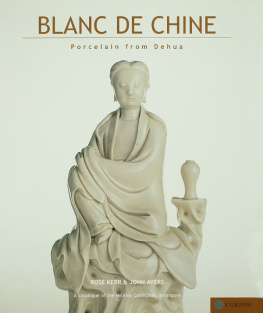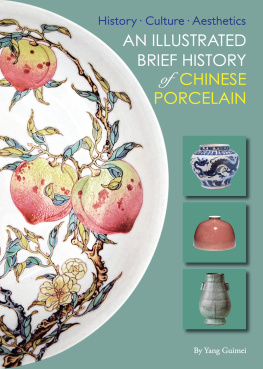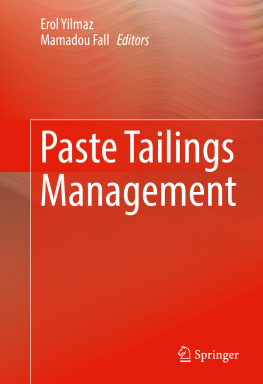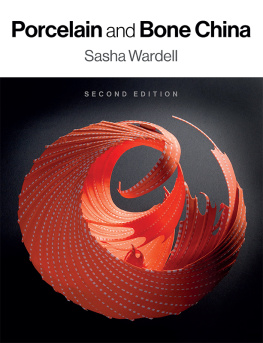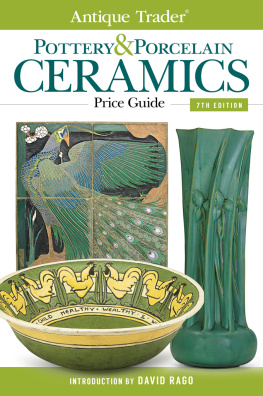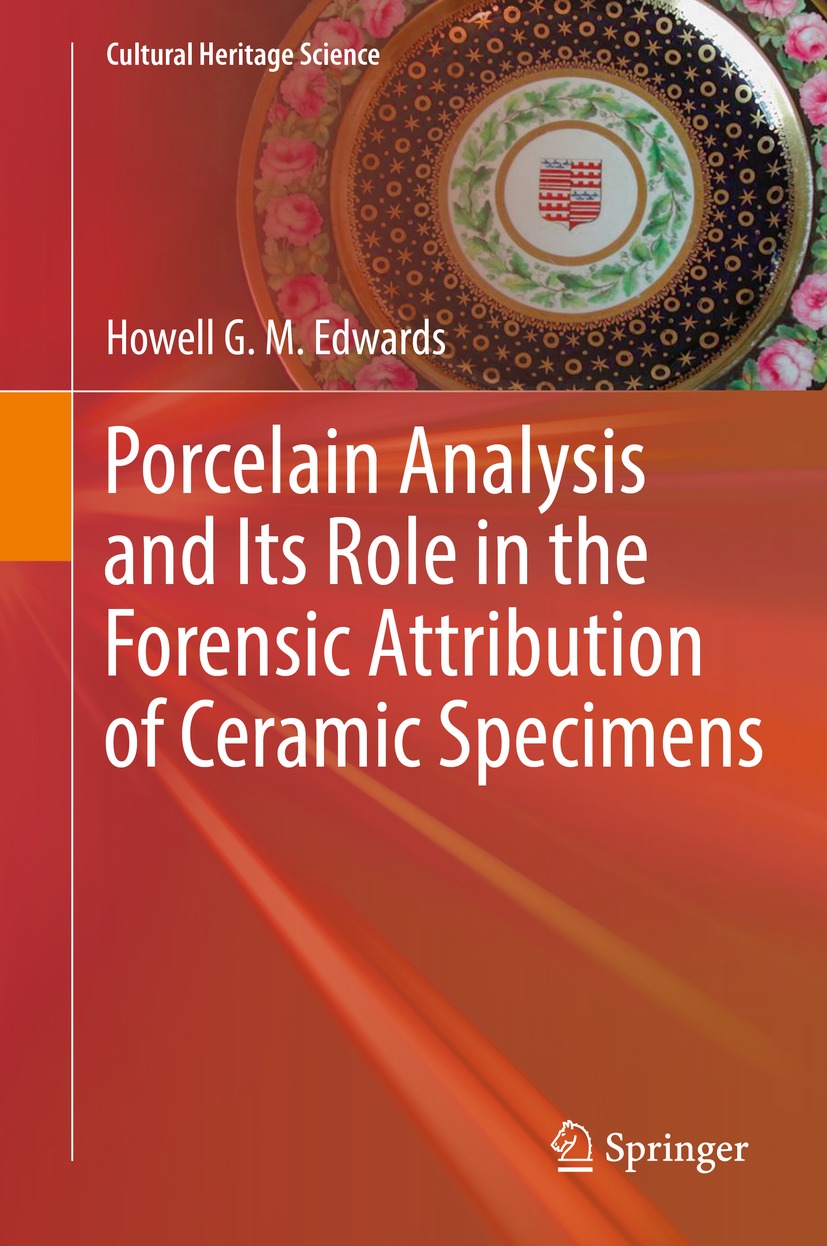Series Editors
Klaas Jan van den Berg
Cultural Heritage Agency of the Netherlands, Amsterdam, The Netherlands
Aviva Burnstock
Courtauld Institute of Art, London, UK
Koen Janssens
Department of Chemistry, University of Antwerp, Antwerp, Belgium
Robert van Langh
Rijksmuseum, Amsterdam, The Netherlands
Jennifer Mass
Bard Graduate Center, New York, NY, USA
Austin Nevin
Head of Conservation, Courtauld Institute of Art, London, UK
Bertrand Lavedrine
Centre de Recherche sur la Conservation des Collections, Musum National dHistoire Naturelle, Paris, France
Bronwyn Ormsby
Conservation Science & Preventive Conservation, Tate Britain, London, UK
Matija Strlic
Institute for Sustainable Heritage, University College London, London, UK
The preservation and interpretation of our cultural heritage is one of the major challenges of todays society. Cultural Heritage Science is a highly interdisciplinary book series covering all aspects of conservation, analysis and interpretation of artworks, objects and materials from our collective cultural heritage. The series focuses on science and conservation in three main fields
The series addresses conservators and conservation scientists at museums, institutes, universities and heritage organizations. It also provides valuable information for curators and decision makers at museums and heritage organizations. Cultural Heritage Science comprises two subseries, one focusing on advanced methods and technology for conservation experts, the second presenting the latest developments in conservation science. All titles in the book series will be peer reviewed. Titles will be published as printed books and as eBooks, opening up the opportunity to include electronic supplementary material (videos, high-resolution figures, special data formats, and access to databases).
More information about this series at http://www.springer.com/series/13104
Howell G. M. Edwards
Emeritus Professor of Molecular Spectroscopy, Chemistry and Biosciences, Faculty of Life Sciences, University of Bradford, Bradford, UK
ISSN 2366-6226 e-ISSN 2366-6234
Cultural Heritage Science
ISBN 978-3-030-80951-5 e-ISBN 978-3-030-80952-2
https://doi.org/10.1007/978-3-030-80952-2
The Editor(s) (if applicable) and The Author(s), under exclusive license to Springer Nature Switzerland AG 2022
This work is subject to copyright. All rights are solely and exclusively licensed by the Publisher, whether the whole or part of the material is concerned, specifically the rights of translation, reprinting, reuse of illustrations, recitation, broadcasting, reproduction on microfilms or in any other physical way, and transmission or information storage and retrieval, electronic adaptation, computer software, or by similar or dissimilar methodology now known or hereafter developed.
The use of general descriptive names, registered names, trademarks, service marks, etc. in this publication does not imply, even in the absence of a specific statement, that such names are exempt from the relevant protective laws and regulations and therefore free for general use.
The publisher, the authors and the editors are safe to assume that the advice and information in this book are believed to be true and accurate at the date of publication. Neither the publisher nor the authors or the editors give a warranty, expressed or implied, with respect to the material contained herein or for any errors or omissions that may have been made. The publisher remains neutral with regard to jurisdictional claims in published maps and institutional affiliations.
Cover illustration: Dinner plate from the Barry-Barry (Pendock-Barry) armorial service supplied from the Derby China Works to Pendock Barry Neale of Tollerton Hall, Nottinghamshire, in 1806/7. It is a beautiful example of William Billingsleys superb rose painting on porcelain and was executed externally for the Derby China Works when he was resident in Brampton-in-Torksey. This armorial exhibits only the escutcheon contained within a wreath of oak leaves and acorns and detailed genealogical, analytical and heraldic research was critical for the determination of its correct attribution and chronology.
This Springer imprint is published by the registered company Springer Nature Switzerland AG
The registered company address is: Gewerbestrasse 11, 6330 Cham, Switzerland
Preface
To whom shall I give this beautiful book just printed, polished and perfect
You used to think that my trifles were worth something.
Now please take this book, the labour of a life, such as it is, and see that it remains for all ages.
Gaius Valerius Catullus (8454 BCE), Carmina I.1.
Arts and science should be mines where the noise of new works and further advances is heard on every side.
Sir Francis Bacon, Lord Verulam, Novum Organum, Book I, XC, 1620 (The New Instrument of Science): proposing that the search for truth and the verification of facts through inductive reasoning should be mandatory before proceeding further, forming the basis of the Scientific Method.
The material for this book arose from research into porcelains which has been carried out by the author over many years, as a collector in appreciation of their artistic beauty, as an analytical chemist in the scientific interrogation of their body paste, enamel pigments and glaze compositions and as a ceramic historian in the assessment of the manufactory foundations and of their appropriate correlation with available documentation, literature and opinions that have been expressed relating to their recipes, formulations and business survival against intense competition from home and abroad. Generally, the attribution of the origin of a porcelain artefact from earliest times has been achieved through the application of several parameters, including its provenance, associated documentation relating to its manufacture, factory marks and upon a stylistic evaluation, whereby the shape, texture and design of the item, its applied enamelling and decorative artistry have been accepted as an exemplary standard and established as such by experts and connoisseurs of the genre. In common with other artworks, the forging or faking of porcelains has been prevalent through the ages and, whereas some of these are manifestly poor reflections of the antique artefacts, others have been well executed and have then proved rather difficult to differentiate from the genuine article. It is then quite difficult for the definitive declaration of the authenticity of an unmarked and potentially rare piece of porcelain to be satisfactorily and unequivocally accomplished by expert opinion alone, especially when other supporting evidential information such as chemical analysis and documentary provenance are totally absent. This leaves a void in which science can make a contribution with hard experimental data derived from the chemical analysis of an artefact, especially of the body paste, pigments and glaze compositions and also of the molecular mineralogy, from which a measured interpretation can be forthcoming as to whether or not these data are consistent with an assignment or attribution of the artefact to a particular factory, and correlating with its recorded recipes and production processes. The vexed question of factory marks also arises here, in that these too have often been imitated profusely through the ages and cleverly transcribed by unscrupulous fakers in an attempt to convince potential purchasers of the authenticity of a seemingly rare and valuable porcelain artwork. In some cases, the presence of a factory mark on a particular artefact has been incorrectly placed or improperly executed and this can be a good indicator of a potential forgery, whereas in others this is not so clearly defined and care should then be taken regarding the acceptance or rejection of factory marks



